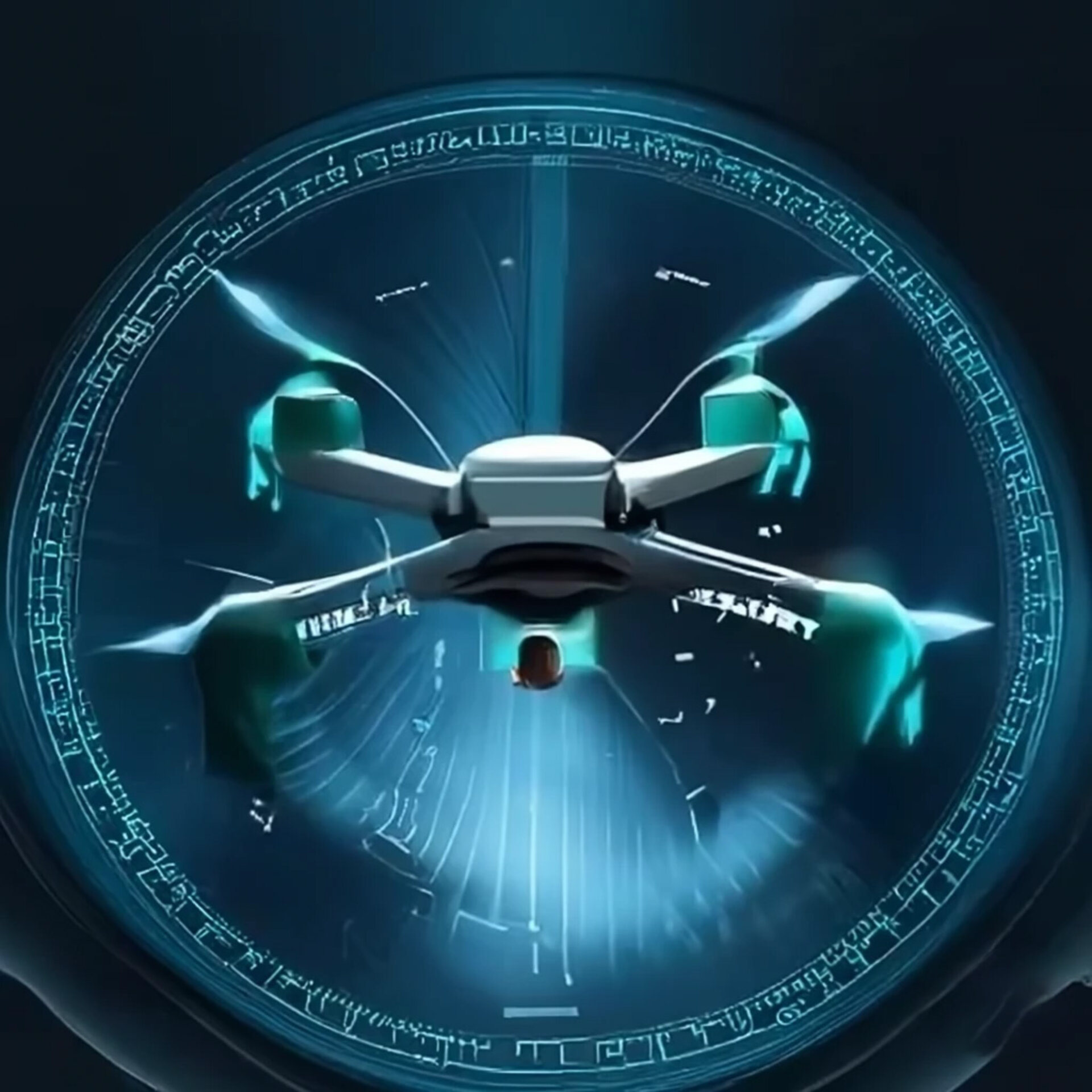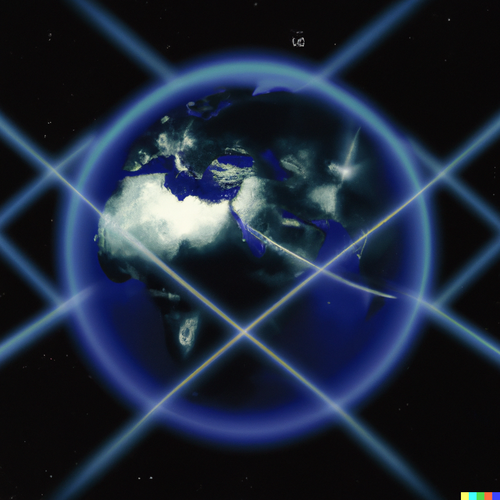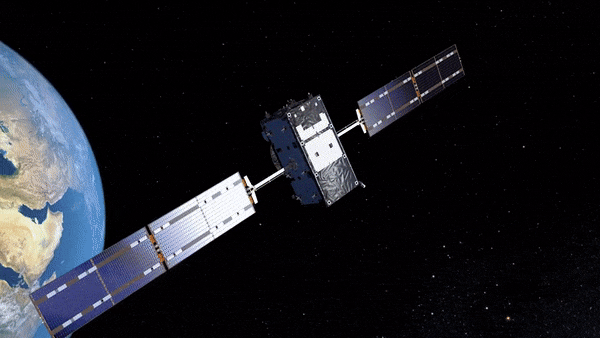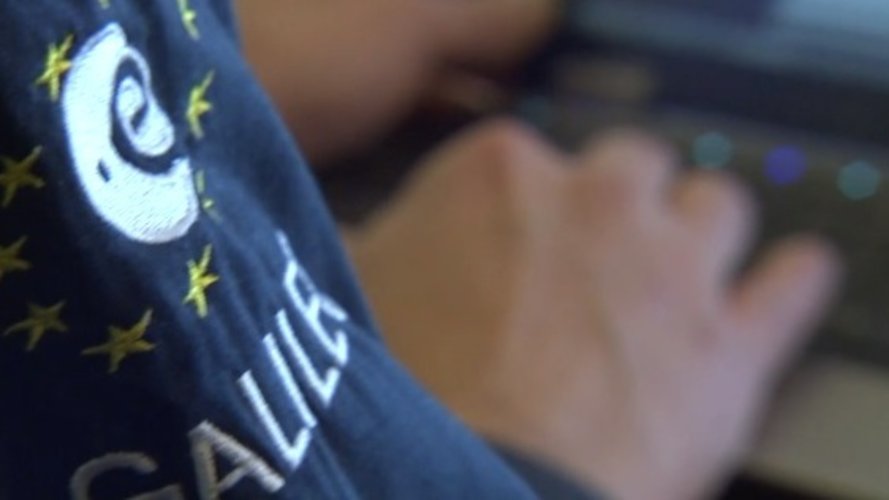Satnav test on remote island lab
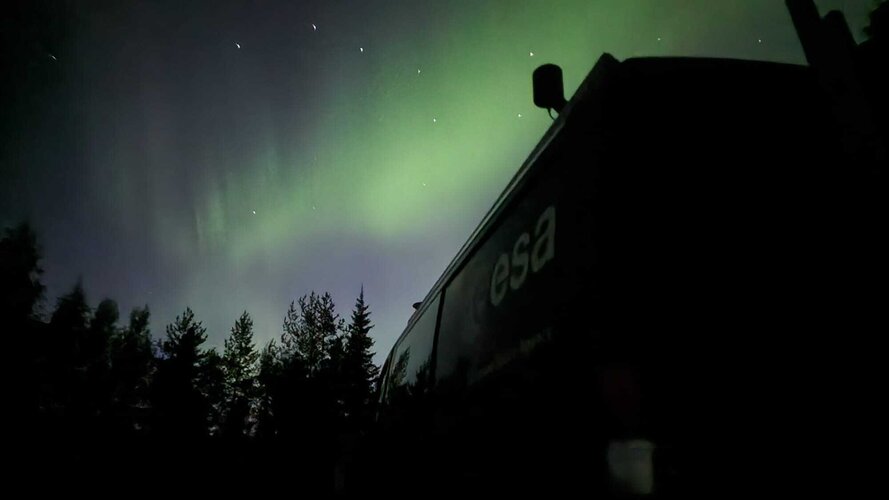

ESA’s navigation testbed vehicle participated in a campaign organised by Norwegian governmental authorities to assess the impact of jamming and spoofing on satnav systems and test innovative technologies for detection and mitigation.
#navigaton #space #science #esa #europeanspaceagency
posted by pod_feeder_v2
2 Likes






